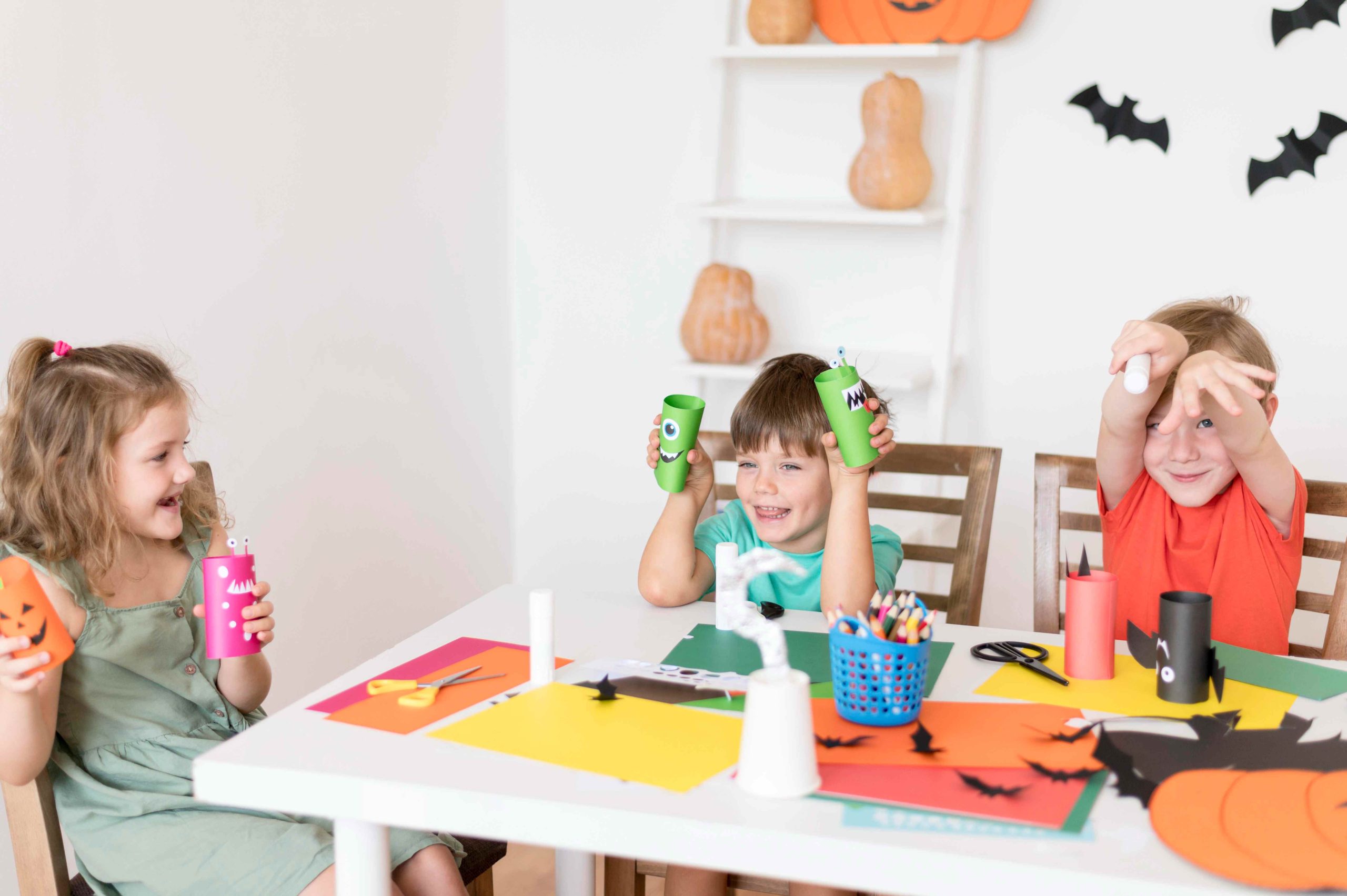
Cultivating a Conducive Environment for Preschoolers: Nurturing Growth and Development
The Physical Environment:
The physical environment plays a crucial role in promoting the overall well-being of preschoolers. It encompasses the layout, design, and materials present within the learning space. A well-structured environment that is safe, stimulating, and engaging creates a strong foundation for preschoolers to explore, discover, and learn. Here are some key aspects to consider:
The Social Environment:
Preschoolers thrive in an environment that fosters positive social interactions and emotional well-being. Creating opportunities for meaningful connections, collaboration, and empathy enhances their social and emotional development. Here are some essential elements of a conducive social environment:
The Cognitive Environment:
A conducive cognitive environment stimulates preschoolers’ curiosity, critical thinking, and problem-solving abilities. It nurtures their cognitive development and prepares them for future academic success. Here are key considerations for cultivating a cognitive environment:
The Emotional Environment:
An emotionally supportive environment lays the foundation for preschoolers to develop self-awareness, resilience, and empathy. It promotes their emotional well-being and empowers them to navigate their emotions effectively. Here are essential aspects of an emotional environment:
The Cultural Environment:
A culturally inclusive environment celebrates diversity and fosters an appreciation for different backgrounds, traditions, and perspectives. Recognizing and valuing the cultural identities of preschoolers enriches their learning experiences and promotes a sense of belonging. Here are key elements to consider when cultivating a cultural environment:
The Outdoor Environment:
Nature and outdoor spaces offer a wealth of learning opportunities for preschoolers. An outdoor environment that is safe, engaging, and well-equipped supports their physical development, creativity, and curiosity. Consider the following aspects when creating an outdoor environment for preschoolers:
The Role of Educators:
Educators play a crucial role in cultivating a conducive environment for preschoolers. Their knowledge, skills, and attitudes significantly influence the learning experiences and outcomes of preschoolers. Here are key aspects for educators to consider:
The Impact of a Conducive Environment on Preschoolers’ Learning Outcomes:
Creating a Conducive Environment for Preschoolers with Special Educational Needs:
Parental Involvement: Collaborating to Create a Conducive Environment:
The Role of Technology in a Conducive Environment for Preschoolers:
Assessing the Quality of a Conducive Environment:
Key Indicators and Evaluation Methods:
Promoting Health and Well-being in a Conducive Environment:
Emotional Intelligence and Self-regulation in a Conducive Environment:
Creating a Conducive Environment for Language and Literacy Development:
Enhancing Creativity and Imagination in a Conducive Environment:
Nurturing Social Skills and Peer Relationships in a Conducive Environment:
The Role of Families in Nurturing Preschoolers’ Resilience:
Professional Development for Educators: Enhancing Resilience-Focused Practices:
Assessing and Monitoring Resilience in Preschoolers:
Resilience and Executive Function Skills in Preschoolers:
Building Resilience Through Storytelling and Literature:
Cultivating Resilience in Preschoolers from Culturally Diverse Backgrounds:
Promoting Resilience in Preschoolers with Special Needs:
The Role of Play Therapy in Enhancing Resilience:
Building Resilience in Preschoolers Through Nature-Based Education:
Resilience in the Digital Age: Navigating Challenges and Building Digital Resilience:
Assessing Resilience-Building Programs and Interventions:
Resilience and Emotional Regulation: The Power of Emotional Intelligence:
Cultivating Resilience Through Reflection and Goal Setting:
Mindful Parenting: Nurturing Resilience Through Parental Practices:
Resilience and the Power of Positive Role Models:
Promoting Resilience Through Conflict Resolution Skills:
Cultivating Resilience in Challenging Academic Environments:
Resilience and the Arts: Fostering Creativity and Expression:
Building Resilience Through Service-Learning and Community Engagement:
Resilience and the Power of Positive Reinforcement:


